These days a diamond engagement ring is seen as a fact of life, as much a part of the big day as a veil and a multi-tiered cake. However, the truth behind this nuptials tradition is a cynical marketing ploy, one of the most groundbreaking, elaborate, and successful advertising campaigns ever devised.
The grand deception began during the diamond boom of the late 19th century. Before the discovery of mines in South Africa containing vast quantities of diamonds, the glittering stones were seen as rare and precious commodities. Now they were everywhere, and the British mining bosses had a problem.

The serious profit associated with the elusive diamond was in danger of going up in smoke, or at least down a deep, dark hole. Something had to be done to keep the mystique and maintain those high prices. A company was created in 1888, De Beers Consolidated Mines Ltd. This was a multi-faceted entity which became the De Beers we know today.
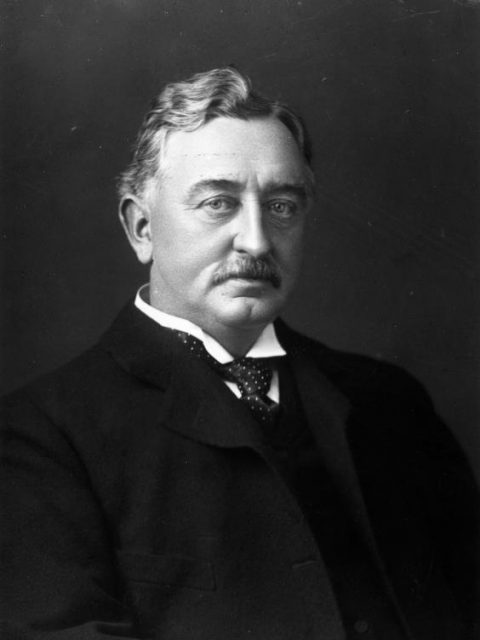
As described by Edward Jay Epstein in The Atlantic of February 1982, “De Beers proved to be the most successful cartel arrangement in the annals of modern commerce.”
It operated under several titles around the world to keep the narrative alive. The titanic figure who started De Beers was Cecil Rhodes, the controversial businessman and politician. He named the endeavor after the two brothers whose land he bought for a diamond mine. So while the grubby enterprise has the De Beers name on it, Rhodes can be seen as one of the true authors of the situation.

This illusion created by De Beers took on a greater potency in 1938, when the son of fellow founder Ernest Oppenheimer visited the offices of New York ad agency N. W. Ayer.
Harry Oppenheimer wanted to send a clear message to Americans that they should be buying diamonds. Sales were patchy and the price of the commodity was low.
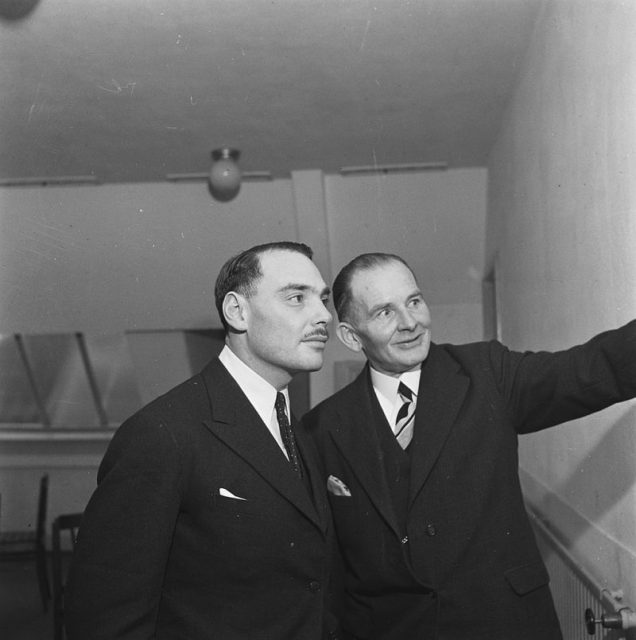
The “Mad Men” of N. W. Ayer helped take the questionable activities of De Beers to the next level. Realizing the economy wasn’t enthused about luxury items such as diamonds, they decided to adopt another tack. Epstein’s piece outlines the Ayer approach: “Its campaign had required ‘the conception of a new form of advertising which has been widely imitated ever since. There was no direct sale to be made.
Related Video:
https://youtu.be/TLl5AyCgh1A
There was no brand name to be impressed on the public mind. There was simply an idea–the eternal emotional value surrounding the diamond.’”
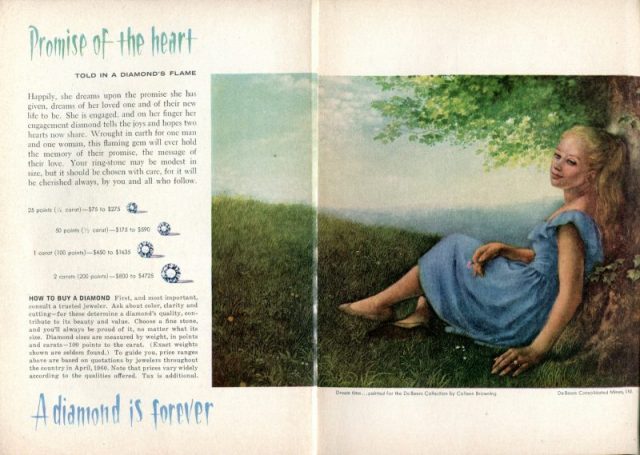
Oppenheimer set in motion the concept of a diamond as the ultimate symbol of romance for hard-working citizens. By putting a rock on the finger of their sweetheart, the breadwinner was not only displaying unparalleled affection but also displaying enviable social status. And the bigger the diamond, the better!
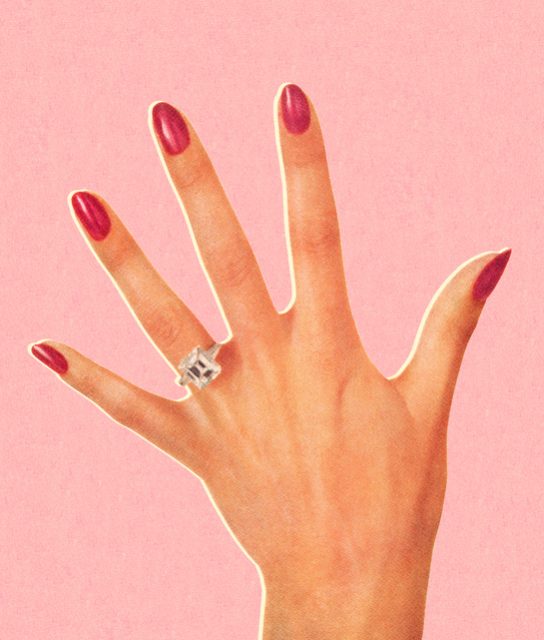
The plan worked. Between 1939 and 1979 sales figures increased from $23 million to $2.1 billion. As this was happening, N.W. Ayer’s budget was as high as the nearest skyscraper… $10 million in ‘79, compared to $200,000 in ‘39. There were also different elements to the marketing strategy to add extra bait for consumers.
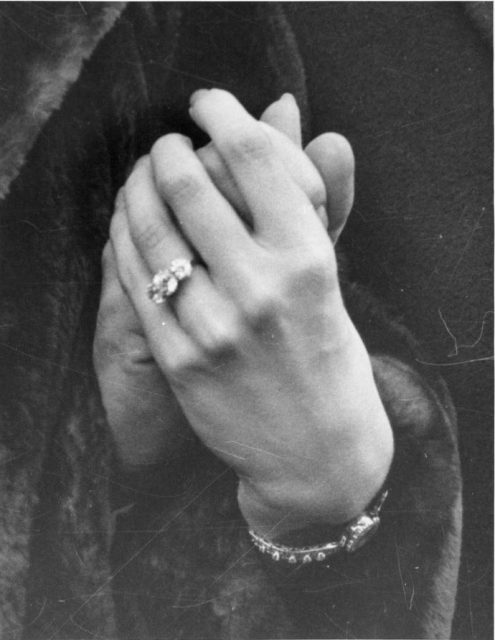
Young people were lectured on the subject to both educate and entrap. The “Diamond Information Center” was launched to keep the deluge of misinformation going, and the connection of Rhodes’ legacy to the British Royal Family certainly came in handy. Even today, Meghan Markle’s engagement ring has a series of diamonds. The Telegraph reported in November 2017 that “the central stone is a diamond from Botswana.”
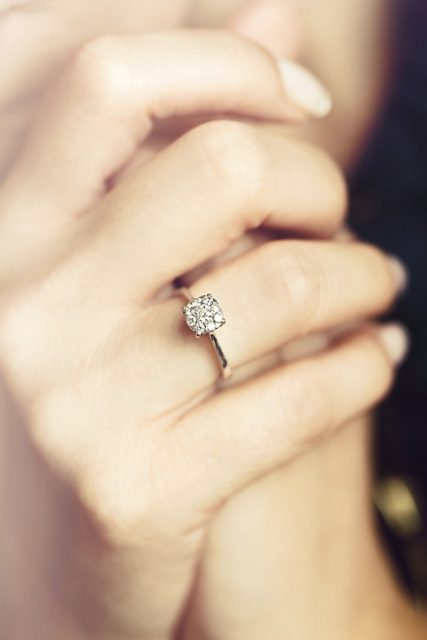
The crowning glory however (if you’ll pardon the pun) was the De Beers slogan: “A diamond is forever.” Not only can it actually be damaged, but if you don’t want to keep it for all that time, it can also be sold. The company don’t want people to do that though, as it affects the market price. It made a cool James Bond movie title though.
Related Article: The British Crown Jewels Holds the “Most Infamous Diamond in the World”
All that glitters is not gold. By the same measure, all that twinkles is not true.
Steve Palace is a writer, journalist and comedian from the UK. Sites he contributes to include The Vintage News, Art Knews Magazine and The Hollywood News. His short fiction has been published as part of the Iris Wildthyme range from Obverse Books
